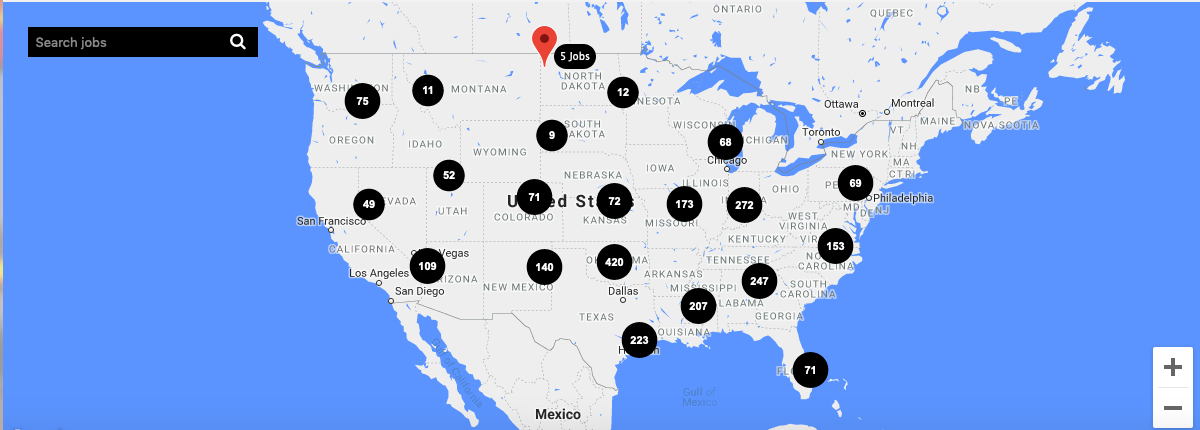
How to Choose 21st Century Job Search Tools, Strategies and Techniques
Learn why you need to use 21st century job search tools, strategies and techniques in your job search or candidate search.
Subscribe to Our Blog and Receive Notifications About Jobs and Career Advice.

Learn why you need to use 21st century job search tools, strategies and techniques in your job search or candidate search.

Opportinities + Map = Mapertunity
In the intricate tapestry of organizational success, human resources serve as the vital thread that weaves together the fabric of innovation, productivity, and growth. Much
What is a Talent Acquisition Strategy In today’s fiercely competitive business landscape, building and maintaining a talented workforce is paramount to organizational success. At the
Table of Contents https://youtu.be/AUg34Z4SLQQ Image via Freepik How To Navigate a Career-Related Relocation Stress-Free Embarking on a career-related relocation can be a daunting task filled